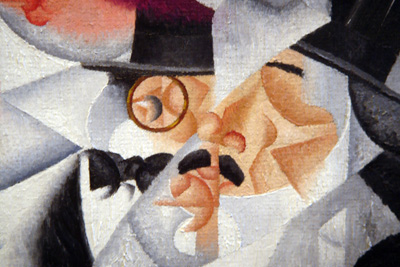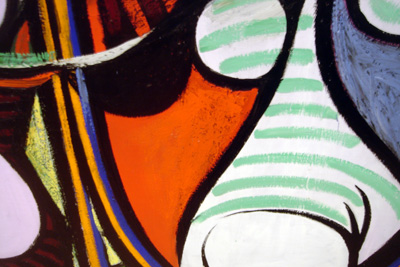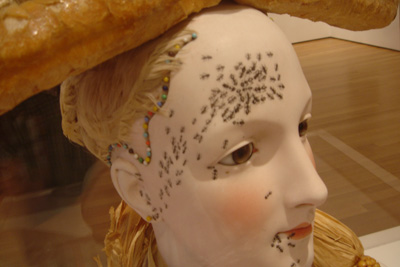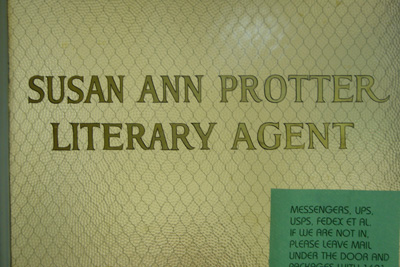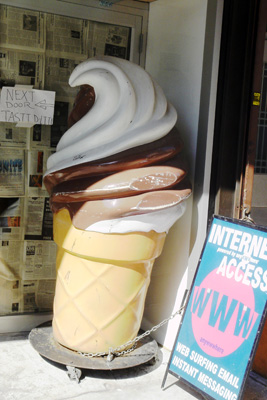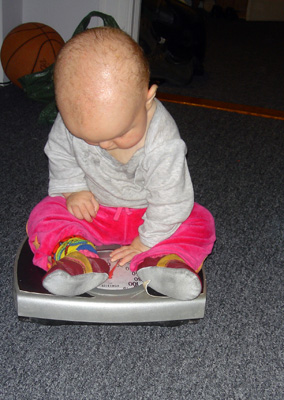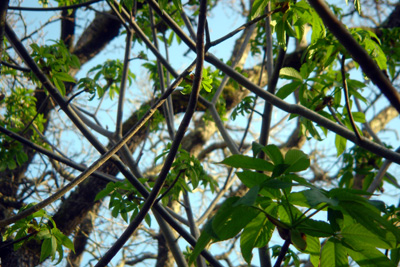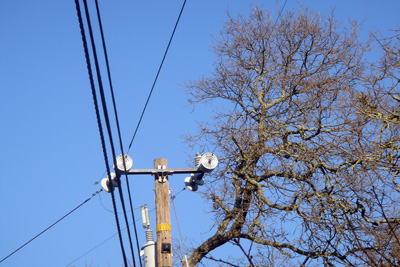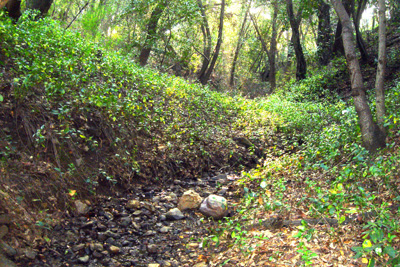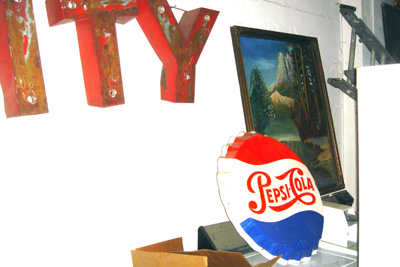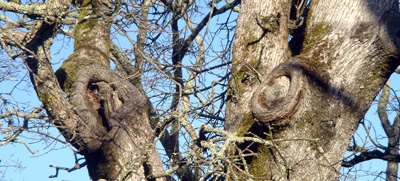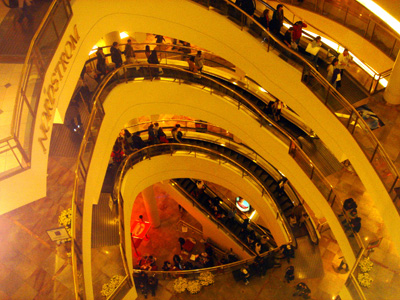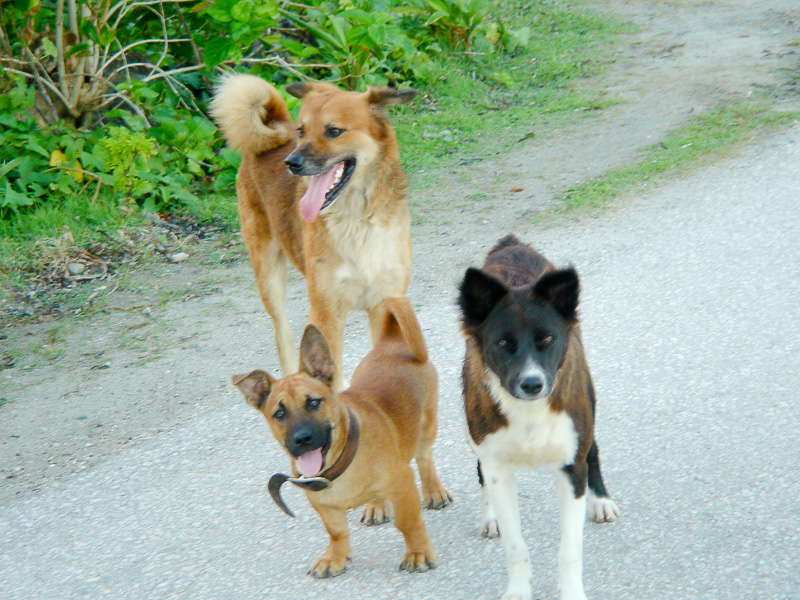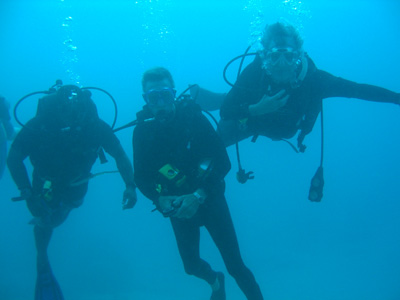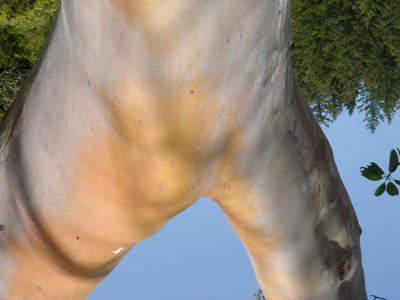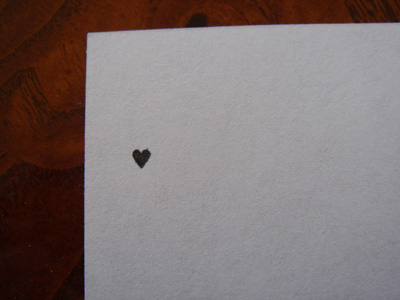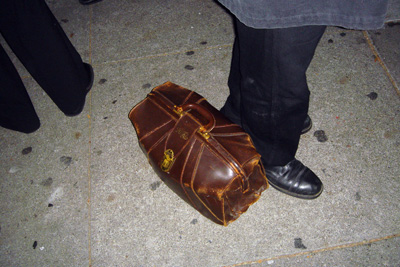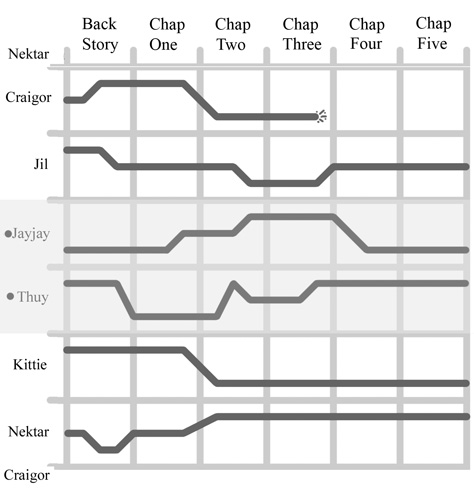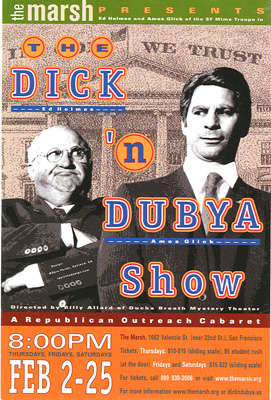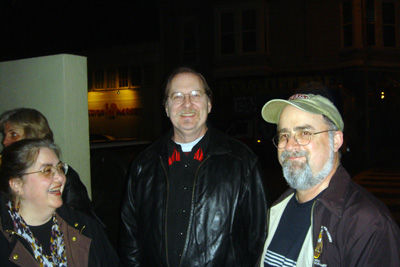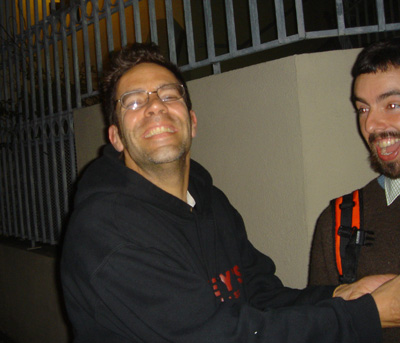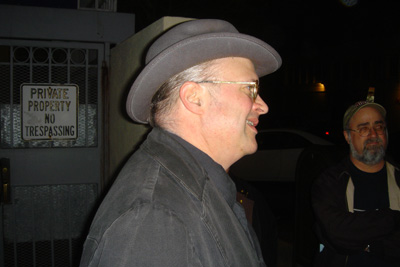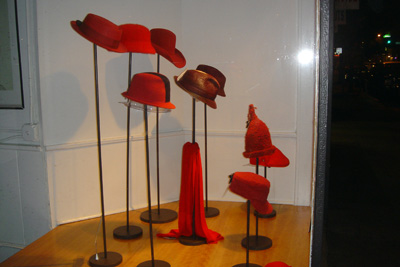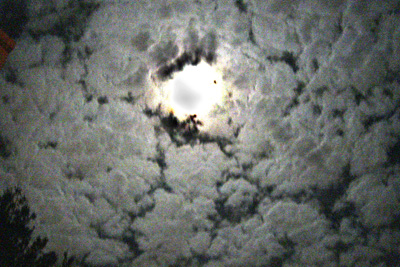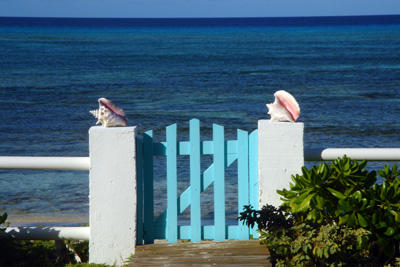
After NYC for granddaughter Althea’s naming ceremony, I flew down to spend a week with my big brother Embry at his house on Grand Turk Island, which at the very end of the chain of islands off the tip of Florida that starts with the Bahamas. It’s just a bit north of Haiti and the Dominican Republic. Some people think it might have been Columbus’s first stop in the New World.
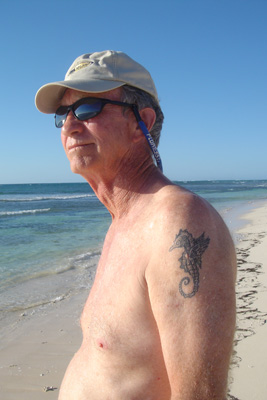
Embry used to be a pilot for Turks and Caicos Air down here, and I’ve come to visit him a number of times over the years — going all the way back to 1969, when he was living on South Caicos and flying for some guys trying to get development going on Providenciales Island.
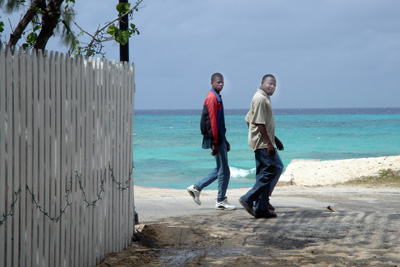
Embry has been around these islands so long that he knows everyone, at least everyone over 45. The locals don’t necessarily perceive him as a white person anymore, he’s such a local fixture.
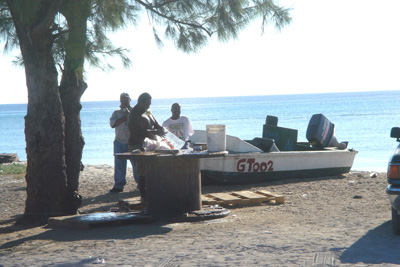
All in all there’s only about a hundred white residents on Grand Turk. Since there’s so few in the local circle of whites, people play multiple roles. We went to a bar last night, and my dive master was singing in a band, accompanied by one of my brother’s friends playing gut-bucket bass. Someone I met at the airport turned out to own the bar, the woman who led a free yoga lesson down the beach was there too with her husband playing bongos with the band. I thought of a high-school play that requires, like, 30 characters, and the ten people who want to be in the play end up having three roles each.
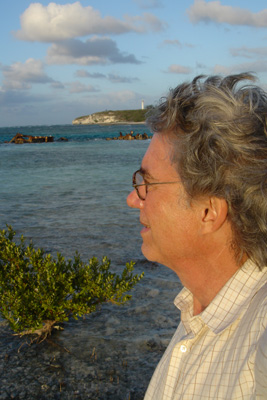
When I come to Grand Turk, it’s like stepping into a soap opera. Or a daily comic strip. Or onto an opera stage in medias res. Everyone discusses everyone else’s business all day long. The two main topics this week are (a) the coming of the cruise boats, and (b) the break-in at the house next door to Embry’s.
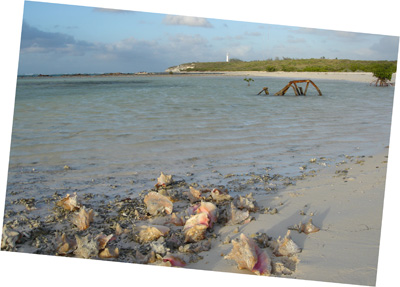
Provo (as they call Providenciales Island for short) has been developed out the wazoo, although Grand Turk has remained primitive and off the grid. As chance would have it, Grand Turk recently allowed the Carnival Cruise Lines company to build a cruise-boat center — complete with huge dock and a veritable townlet of pastel “new town” buildings. Saturday, the first cruise boat ever docked here. Most of the locals seem apprehensive or contemptuous. When a cruise boat docks, you have an abrupt influx of a thousand or more day-tripping tourists — they return to their boat before suppertime, don’t buy much and don’t eat much either as they’re stuffed from the ship.
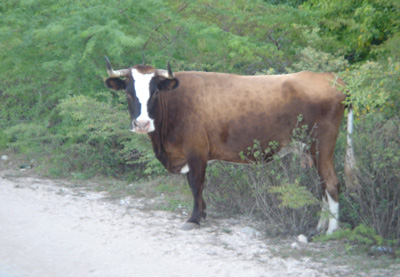
I actually witnessed the first of the big boats gliding in, the Noordam of Rotterdam for the Holland-North America line. Embry and I were leaving Grand Turk on a fishing expedition; we motored past the Noordam; it rose up nearly to the sky, ten stories high. The door was very small, at the waterline; the people coming out looked like ants. Marching down the spanking new concrete dock, silhouetted against the cloud-puffed Caribbean sky. I thought of a starship at a spaceport, the vast, bulging hull, the tiny figures moving along spindly catwalks. Actually only a few of them came into town, and only for a short while, and the ships aren’t coming very often as yet, so there’s hope for Grand Turk.
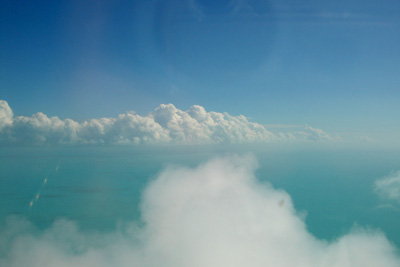
Embry had taken me out fishing on his little Boston Whaler with a local friend of his named Carl, and after checking out the Noordam, we went across a strait to an even smaller and more godforsaken island called Salt Cay. Carl, a stout young black guy with gout, was continually criticizing everything I did, like how I’d reel in a line, or how I’d steer the boat — Carl lecturing me in a high-pitched hysterical tone as if I were a twelve-year old. Being almost sixty, I was able to argue back and take it in my stride, at least up to a point. While I was reeling in a fish — too slow in Carl’s opinion — a barracuda bit half of my fish off in the water. I caught half a jack. But then we caught two barracuda. Seeing Carl return to his mother’s house carrying the nice big barracuda we caught, I felt some empathy for him after all.
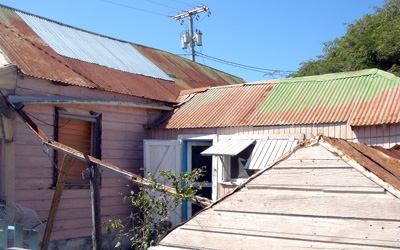
Having my big brother's associates treat me like a kid has traditionally been a sore point for me. Actually, everyone but Carl has been treating me well. Embry kindly tells them that I’m his famous brother.
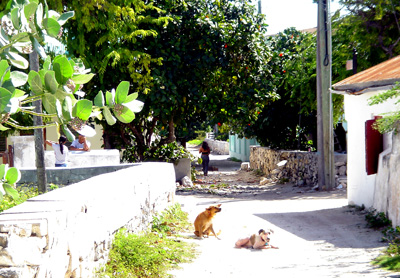
Working on Postsingular in my head in the open boat in rough seas between Grand Turk and Salt Cay, I was thinking how it would be to have the orphidnet and have access to my text. And that seemed kind of dull, like bringing my work with me. Better than writing, if I had insanely rich mental net access, would be to lay down actual visualizations of my scenes. And that’s the product people would enjoy. Call it a metanovel. Writing a metanovel would be like directing a movie. Would it be hard to visualize all that detail? Naw, I wouldn’t have to fill in all the architectural details of, e. g., Dot and Red’s worn-out Victorian house. The beezies could patch the details in, collaging them from a real house and, where necessary, bending the collaged reality bits to fit.
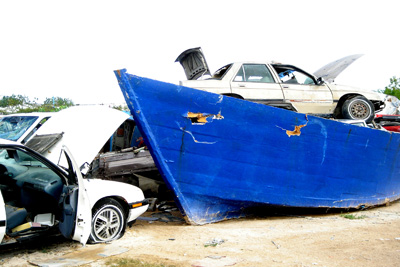
I’d go back to the metanovel over and over, layering on detail, just as I do now with a novel. Even though it would be more like a movie. Would I have to pick a point of view? For a first pass though, yeah, it might be easier to just do one point of view. But I’d eventually want to round out the other characters.
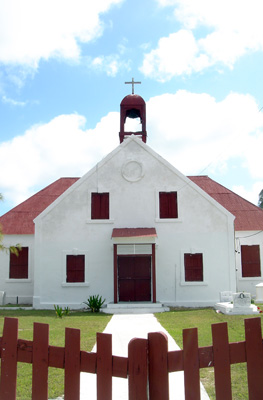
They had the best french fries I ever tasted at the Island Thyme Inn on Salt Cay. Porter, the proprietor, guy said he bakes white potatoes, and then cuts them into thin wedges with the skin on and fries them briefly in very hot peanut oil. Embry and I were the only customers, he was there to so some business with the host, discussing some development scheme.
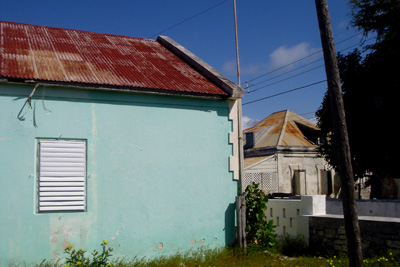
Everyone here is continually talking about developing their land; they’ve been talking this way for the nearly forty years I’ve been coming. With the coast of Florida utterly plasticized and devastated by condo-condo-condo hammered bam-bam-bam into place as if by angry giants’ fists, the developers seek new shores to despoil. The nearby island of Provo is starting to go, though of course it’s still nothing like the hideously condo-bombed once-lovely Sanibel Island in Florida. I’m hoping Grand Turk’s inertia and general disorganization will serve to protect them a bit longer. Of course the basic problem is that there are three times as many people on Earth as there were fifty years ago when I was a kid. From 2 billion to 6 billion.
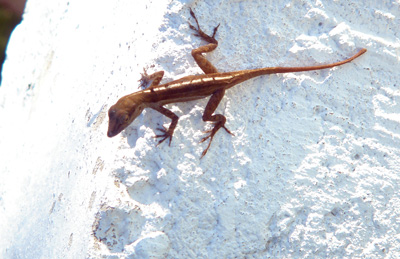
Embry’s wife Noreen is out of town for a week. Embry has a house and a guest-house. I’m in the guest-house, very nicely designed, the houses side by side, right on the beach. Embry comes in to inspect my living-quarters from time to time, sometimes mildly disapproving of my housekeeping. He’s about the only person left who acts like a parent towards me. In a way it’s touching. He cares.
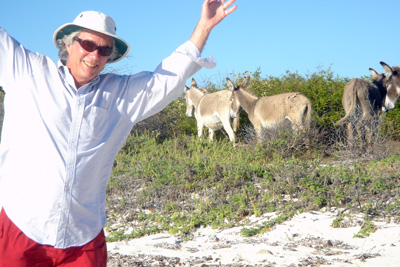
Occasionally I wish Embry would lighten up — and I realize how fervently my wife must at times wish the same for me. “Relax, old man, take the starch outta your spine, the stick outta your ass, the rules outta your ruler.” Nevertheless, Embry and I have some laughs.
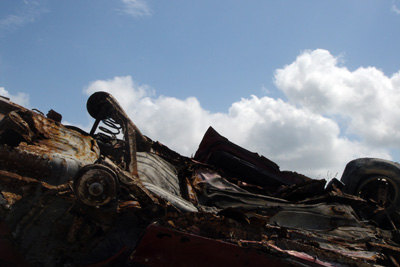
I think if I stayed here a few months, I’d start to drink again. That Gosling’s Dark Bermudan Rum looks good. I could spend the days in bed with a fifth of rum, a couple of limes, some cans of Coke, and a good freezer-full of ice. (And end up wishing I was dead.) Part of the urge is that this is the end of the Earth and nothing matters here. Part of the urge is that I’m so deracinated, a temperate plant-cutting in tropical sand.
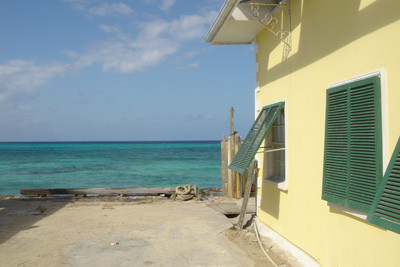
I went diving three times, six dives in all. I’ve dived nearly sixty times now, and I have a pretty good idea of what I’m doing. Grand Turk’s great dive feature is a nice mile-deep drop-off only a hundred yards from shore, making a good wall you can dive along. I always wish I could go down and down and down one of those walls. Like in a bathysphere.
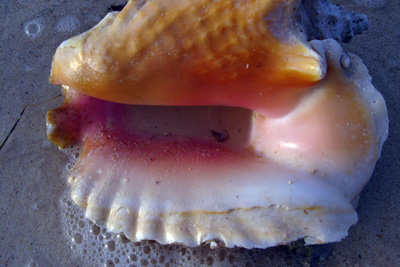
Good schools of fish. Nice limber sponges and gorgonians, good brain corals. I saw a big grouper, who was used to begging food from people; I was able to give his slimy tail a little pat, though the dive master reproved me for that. I saw a barracuda hovering over a vase sponge like it was his nest. Vase sponges are very cool, I like peering into them to spot a tiny fish or crustacean within. Three dolphins on the last dive, big as people, very close, moving slow, doing the dolphin kick.
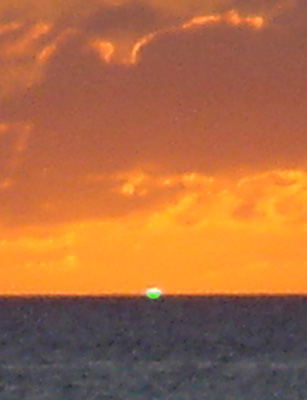
I actually saw the green flash two nights in a row. You stare out at the setting sun, as it goes into the horizon like a cartoon coin into a piggy bank and right as it disappears: green flash!
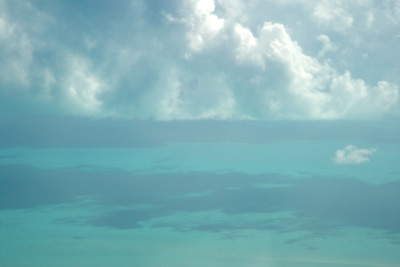
About the break-in I mentioned above. I heard the following story over a long dinner. A gentle married couple my age live next door to Embry’s, Andre and Joan, they wanted to retire, but don’t have quite enough money, so Andre still works as a government lawyer. Andre told me the story as follows. The day before I arrived, a local man wearing a bandanna broke into their house at 4:30 AM, pulled Joan out of bed by her hair and began hitting her with the flat side of a machete yelling, “Give me money.” A pirate of the Caribbean.
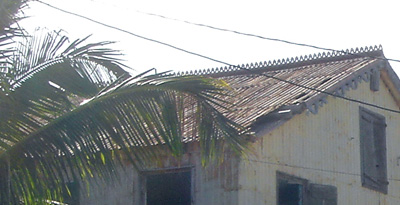
[Some of the local buildings have a “duppy board” on top, which is meant to keep bad spirits, or “duppies” from roosting.”]
Andre tried to call 911, which didn’t work, and eventually got into a struggle with the burglar, who sliced a four inch long but rather shallow gash into Andre’s forehead above his eye. The burglar finally fled on Andre’s bicycle. Andre called Embry, who managed to get the police to come.
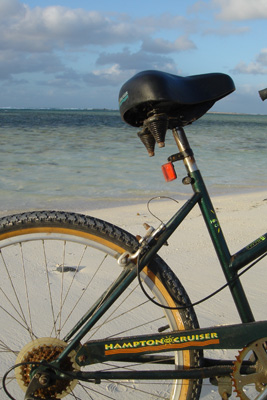
On the way, the police saw the man on the stolen bicycle, but didn’t manage to arrest him. A few hours later, they arrested a local troublemaker called “Mr. Buck,” whom Joan and Andre believed to be the burgler, perhaps the police saw Mr. Buck on the stolen bike. Andre and Joan underwent a similar break-in-and-machete-threatening last April, ten months ago, and had asked around and arrived at the conclusion that the burglar had been this same Mr. Buck. After a few hours the police released Mr. Buck. There was then a feeling that the police weren’t doing their best to investigate the case, a feeling of paranoia that it was a deliberate cover-up by the police; that Mr. Buck did it, but the police don’t want him to be indicted. But after I left Grand Turk they did re-arrest and charge Mr. Buck, which is where it stands now.
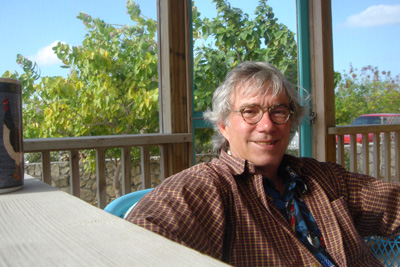
It was very dramatic sitting at a dinner table, listening to Andre’s tale. Like dinner theater. Imagine a medium where people tell you dramatic stories over great meals. Possible with the orphidnet…
The best thing about the Caribbean is the colors. And being with my brother was such a nostalgic experience. He's the only one left who remembers the surroundings of my early childhood. Good old Embry.









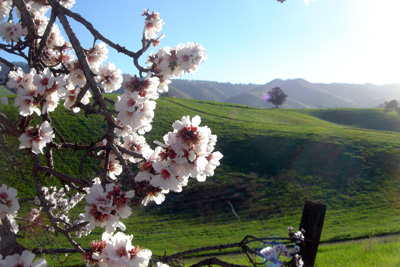
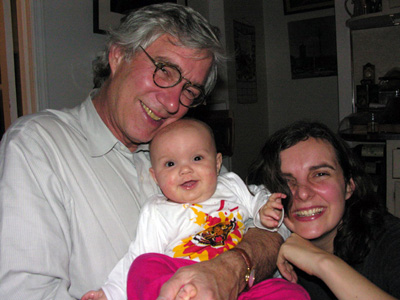
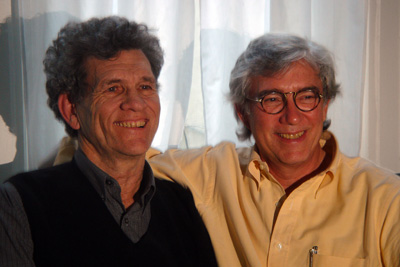
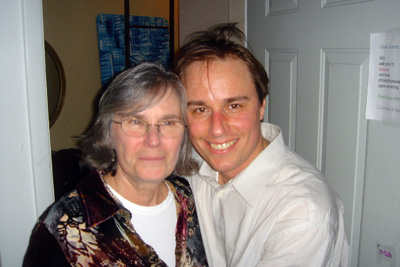


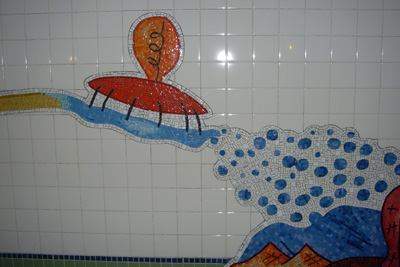
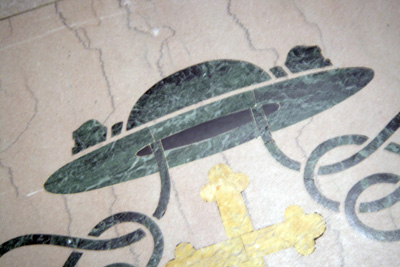
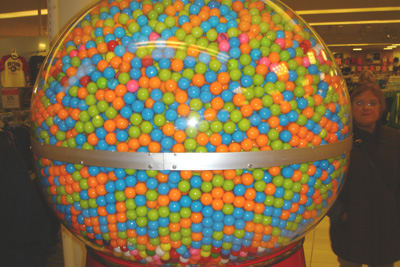

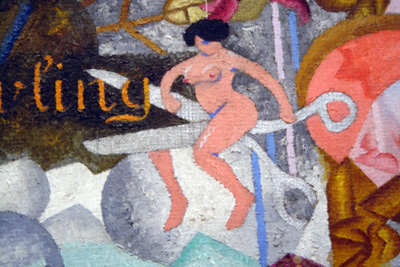 Gino Severini, it has a great title, “Dynamic Hieroglyphic of the Bal Tabarin.”
Gino Severini, it has a great title, “Dynamic Hieroglyphic of the Bal Tabarin.”